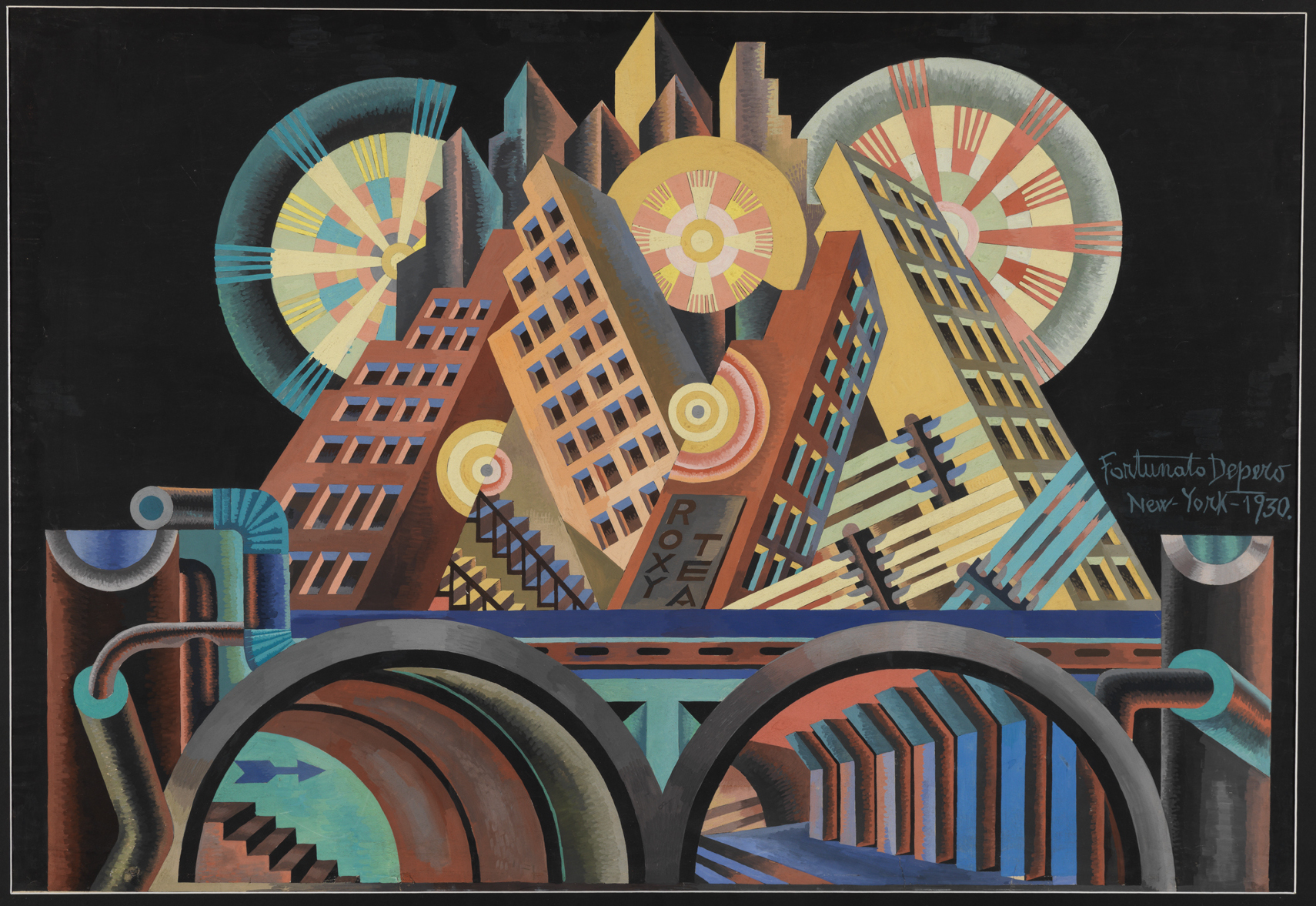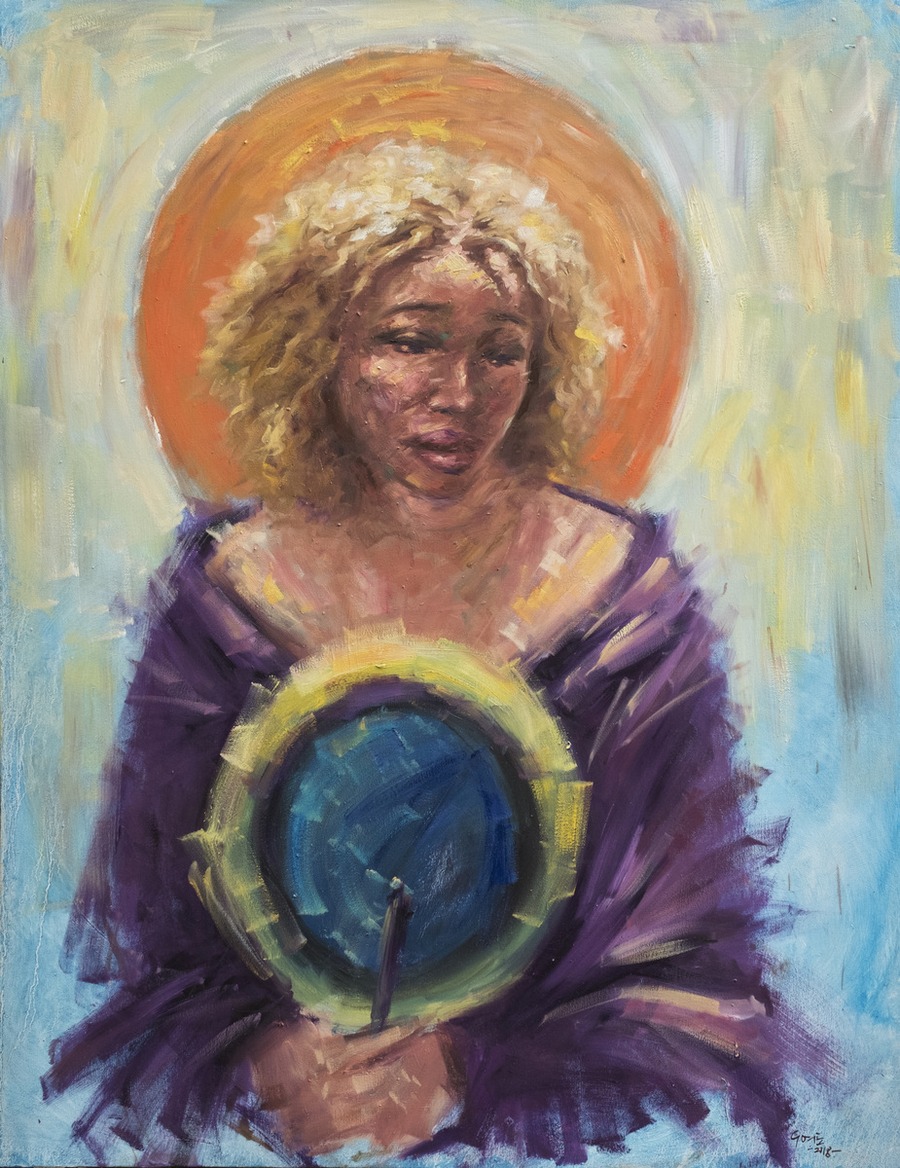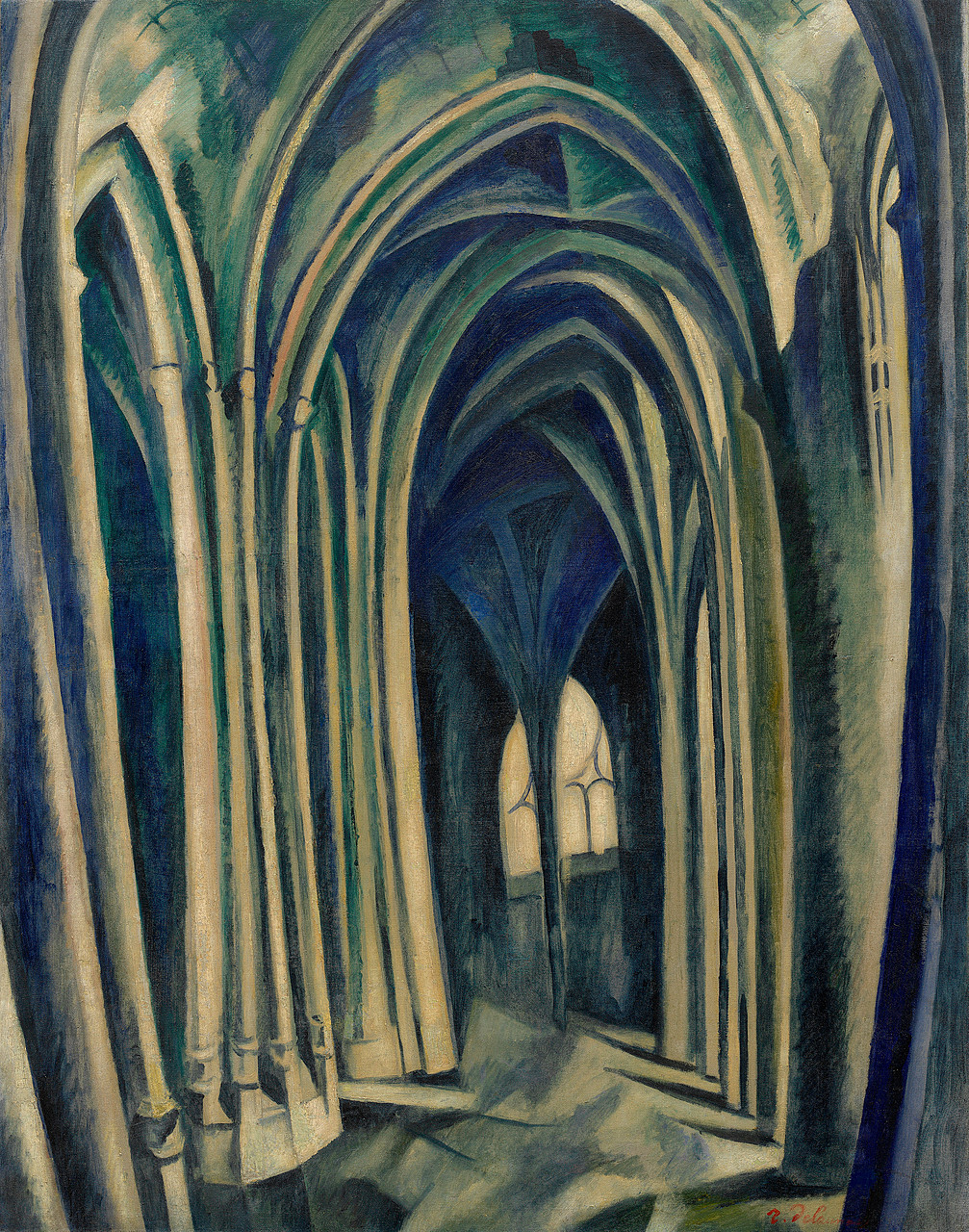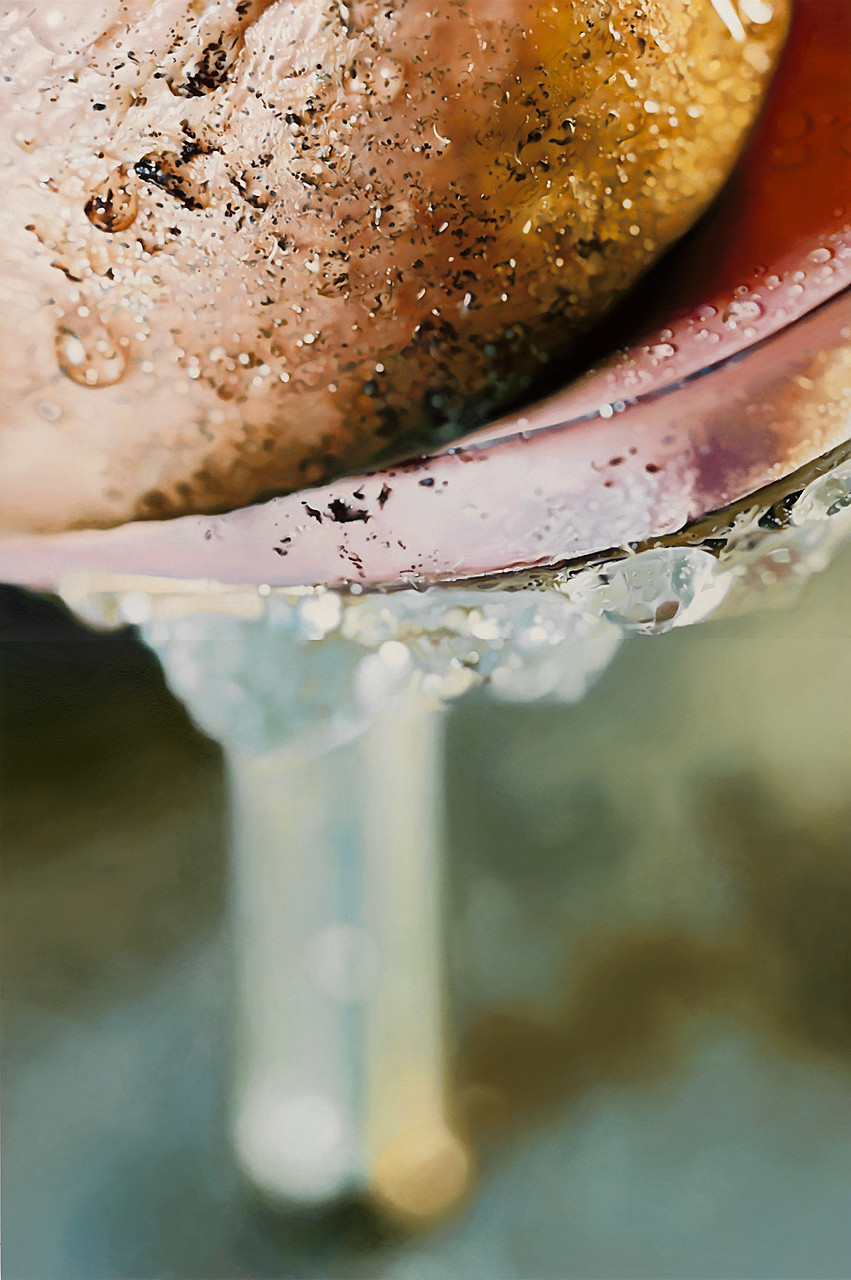If you don't have apt backups, that is a failure of the process, not yours.
It is 2023 my brother in christ! We deserve better error outputs than a stack trace.
- Tell me what line in my file caused the error,
- Tell me the values of the variables involved,
- Then you can have the stack trace.
Why are we pretending like these error messages are acceptable in 2023?!
Bro, trying to give padding in Ms word, when you know... YOU KNOOOOW... they can convert to html. It drives me up the wall.
And don't get me started on excel.
Kill em all, I say.
No way anything about that was an accident.
That's one of the great things about the impressionists - they showed common people just living their lives. That is something that hadn't really been seen before that time. The subject was always some duke or christ up until then.
The motif of death and a maiden began during the black plague. It eerily reminds the viewer that death comes for all, even the young and pure.
Marianne Stokes, however was part of a movement called "Pre Raphael". This began in the late 1800's and saw a resurgence of popularity for Renaisance realism (Itself a resurgence of Classical Realism). At the time, in the late 19th century, art schools were pushing the ideals of Raphael as what artists should aspire to, however, the Pre-Raphaelites believed only the most serious subjects should be painted, and only in the most realistic way. It has been compared to the Emo movement of the late 90's and early aughts in music, literature and film.
Here, in Stokes' work, we see the angel of death visiting a young woman. The angel has the face of a woman, a large departure from renaissance and gothic depictions of Death and the Maiden, where death is a skeleton or other frightening thing. Death seems to be comforting the girl , rather than frightening, with her outstretched wing. There is sadness in both the faces showing even death has a conscious about the fragility of life.
I was old enough to have used Napster before it was terrible.
Here's some others I'd be totally stoked about:
- Eric Andre (he really needs a breakout role)
- Leslie Jones
- Eddie Murphy
- RuPaul
- Charming Taintman
Edit: Fucking Terry Crews for both roles!
Good on you for apologizing. Not many people would, but it really is the best form of self-therapy.
Perhaps the duck flew into a window on a building thinking it was more sky? Or maybe it flew into your windshield thinking something similar?
Lol, not to mention Cobalt and other horrors that are lurking in Legacy systems no one has looked at in 50 years.
I'm thinking mainframe terminals, where the character has to be in the right place on the screen in order to store something in RAM.
Even worse, how many systems are still using punch cards? How often do those cards need to be replaced?












Great meme, and I'm sure op knows this, but for anyone else who is curious...
007 in theory means:
To resolve this, you need to go file by file and compare your changes with the changes on the remote code. You need to keep the changes others have made and incorporate your own.
You can use
git diff file_nameto see the differences.If you have made small changes, it's easier to pull and force an overwrite of your local code and make changes again.
However multiple people working on the same files is usually a sign of organizational issues with management. Ie, typically you don't want multiple people working on the same files at the same time, to avoid stuff like this.
If you're not sure, ask someone that knows what they're doing before you follow any advice on Lemmy.